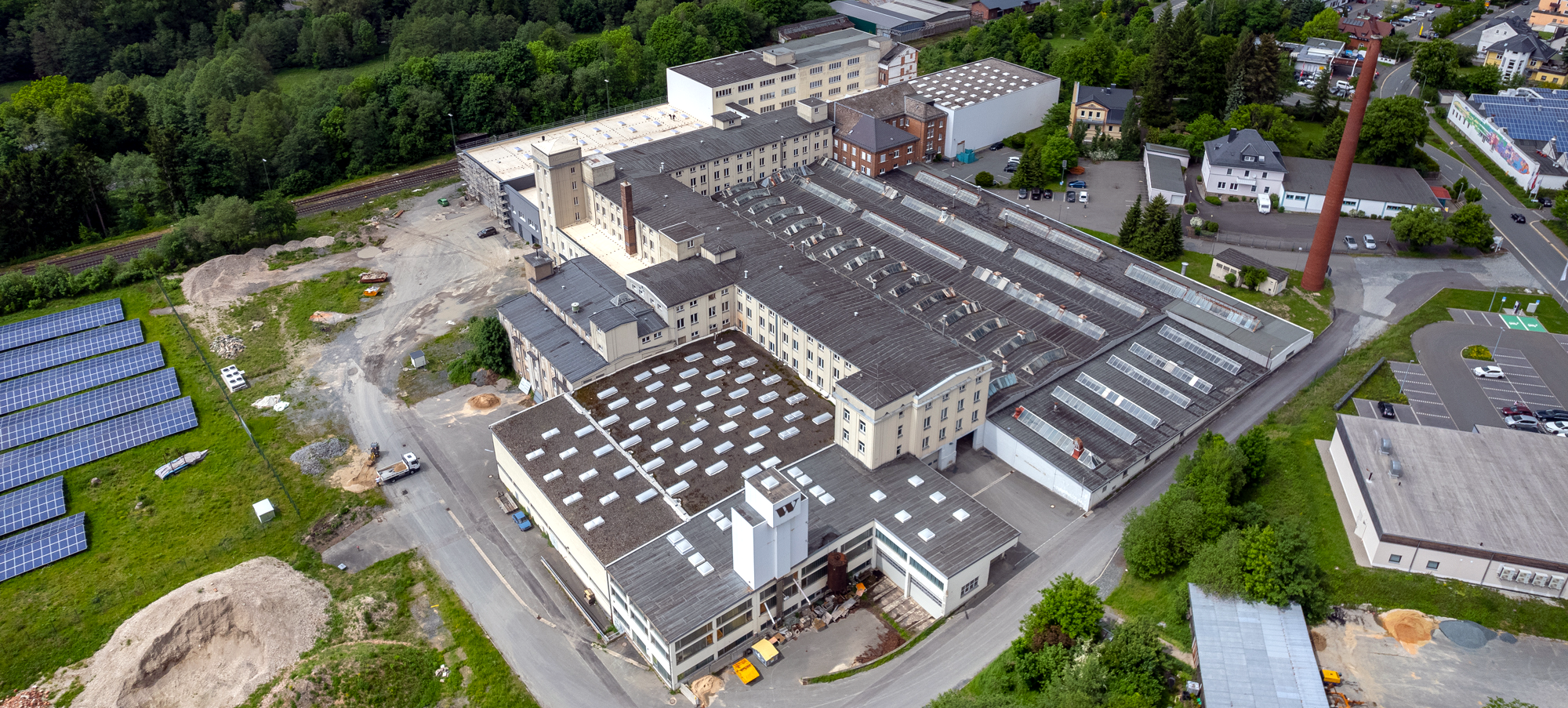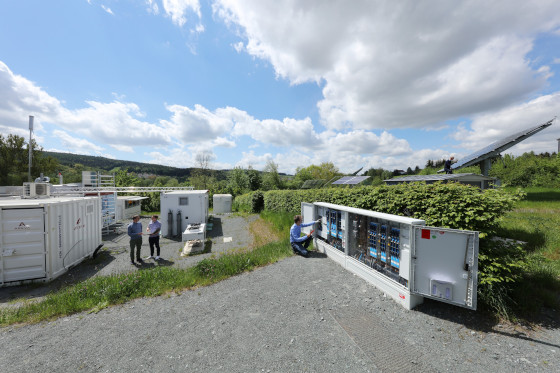The share of renewables in the total energy supply continuously grows as the energy transition progresses, posing a major challenge for grid operators and energy suppliers. Due to the strong fluctuations common in wind and photovoltaic power, the demand for electricity may significantly exceed the production in some phases, while being so much lower at other times that power plants need to be shut down.Thermal, chemical, or electrical storage of energy and its subsequent deployment to the consumption sectors of heating, cooling, and mobility take pressure off the electricity grid and increase the overall share of usable renewable energy. Thus, surpluses from renewable electricity generation contribute to the decarbonisation of the consumption sectors.
Our work focuses on:
Contact:

In the InEs research project, ZAE Bayern is designing an innovative energy system for a transforming commercial district in cooperation with the Fraunhofer Institute for Solar Energy Systems, gKU Winterling Immobilien, the Institute for Water and Energy Management at the Hof University of Applied Sciences, and the Institute for Energy and Competition Law in the Municipal Economy of Berlin's Humboldt University. To this end, a tailored, interconnected supply concept with shared heat and storage utilisation is being developed for the site, a former porcelain factory in Schwarzenbach, with the involvement of neighboring companies.
An urban development master plan was already drawn up for the future use of the six-hectare site with its large factory complex and outbuildings, which have a total gross floor area of over 40,000 m²: After successful redevelopment of the industrial wasteland, the main building is set to be rented out, divided into high-quality units and supplied to a high proportion with local, renewable energy.
The first phase of the project, which is dedicated to planning, includes investigating the use of one basement level for seasonal hot water storage and the integration of local power sources, such as conventional and organic photovoltaics or small wind turbines. Comparative life cycle assessment puts the environmental impact of the project in relation to the impact of an equivalent but newly constructed building complex, with energy law considerations of the applications and operating strategies rounding off the project's interdisciplinary approach.
Head of Project: Gloria Streib, gloria.streib@zae-bayern.de
Project Duration: 08/2021–02/2024
Website: https://ines-winterlingareal.de/

The project, which was funded with Bavarian and European (EFRE) subsidies, was also the starting signal for ZAE's branch office in Hof and the free-field testing centre in Arzberg. Coordinated by ZAE, methods and technologies were to be developed to increase the share of renewable electricity ( particularly from photovoltaics) in Bavaria's power generation mix and allow for a sustainable transition to a fully renewable power supply in cooperation with several scientific and industrial partners. To this end, local grid stations were surveyed and approximately 80 smart meters installed in neighboring households. Thus, the project team gained deep insight into two low-voltage grids with a high penetration of PV systems, unprecedented in terms of its granularity and temporal resolution.
With the Arzberg testing centre, a platform was created that allows for the testing of technology carriers of differing development maturity under metrological laboratory conditions, while simultaneously being part of a real distribution network. It picks up where hardware-in-the-loop tests reach their limits.
The components tested in this manner throughout Smart Grid Solar included two large-scale batteries ( using lead batteries and in a vanadium redox flow variant) for district energy storage, various photovoltaic technologies with a total rated power of 45 kW, and, during the project's most active phase, a complete hydrogen cycle consisting of a PEM electrolyser, LOHC storage, and fuel cell.
Head of Project: Christoph Stegner, christoph.stegner@zae-bayern.de
Project Duration: 2013–2017
Website: http://sgs.zae-bayern.de/